#14th century armour
Photo
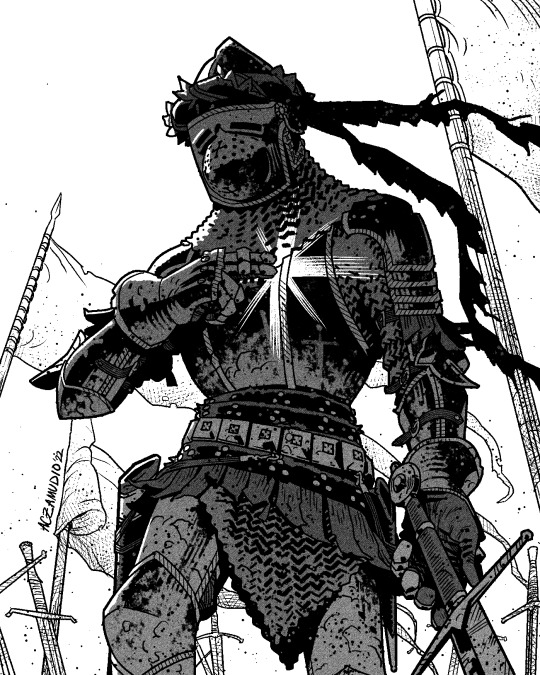

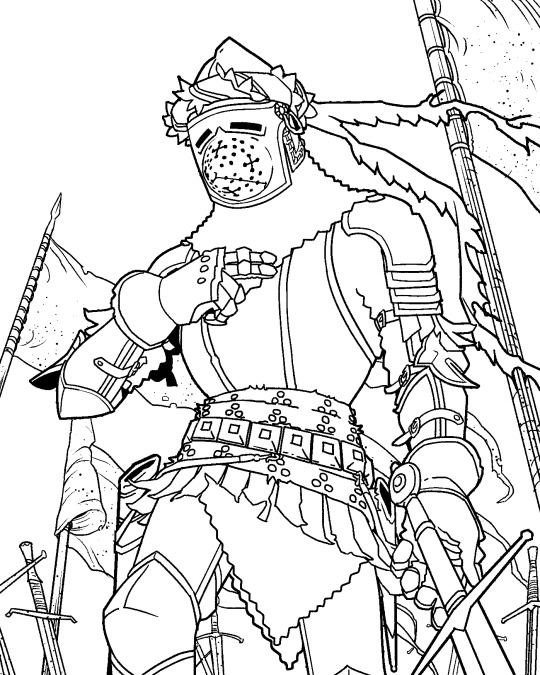
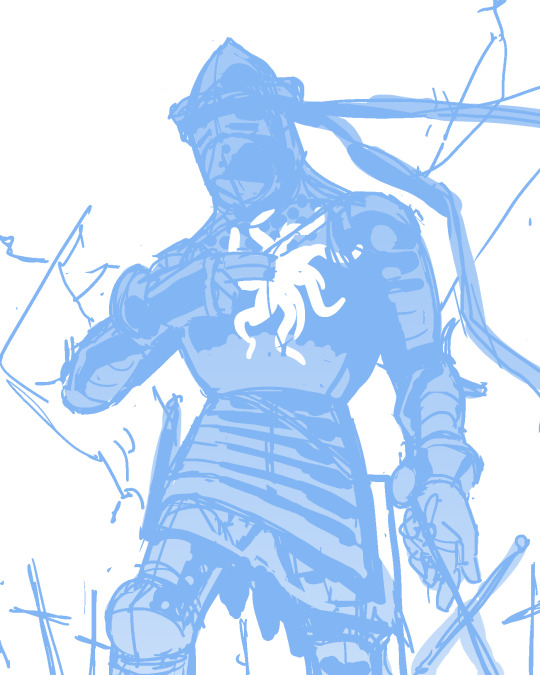
Purification.
Design inspired mostly by Armstreet’s King’s Guard suit. It is gorgeous.
#knight#knight art#fantasy art#historical fantasy#historical armor#historical armour#14th century armor#14th century armour#1400 armor#1400 armour#armor#armour#medieval#knightcore#lay on hands#paladin#comics#fantasy comics
1K notes
·
View notes
Text



Finally done! I'm so proud of these. What an absolute joy to make. I hope to try something a little more ambitious in the future. Inspired by examples from the 13~1400's.
313 notes
·
View notes
Text
MEDIEVAL HELMET TOURNAMENT!
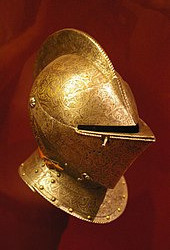
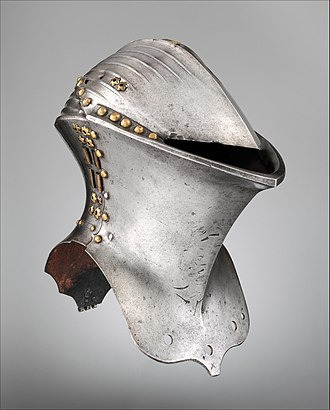
The Close Helmet was worn by knights in the late medieval era. Being a fully enclosing helmet with a pivoting visor, it was popular for jousting tournaments.
The frog-mouth helm is a 14th century great helm that was very popular for jousting duels, but not used commonly on the battlefield. It offered great protection from lances, as its design makes it hard for pieces of broken lances to get into the wearers eyes. For great helms, it was also good for hearing and general awareness.
#medieval#medieval helmets#polls#poll#tournament#history#armour#armor#medieval helmet#17th century#renaissance era#medieval europe#these are like the same helmet what have you guys done#jousting#knight#14th century#Medieval Posting
67 notes
·
View notes
Text
14th Century Armour Shaping/Fitting
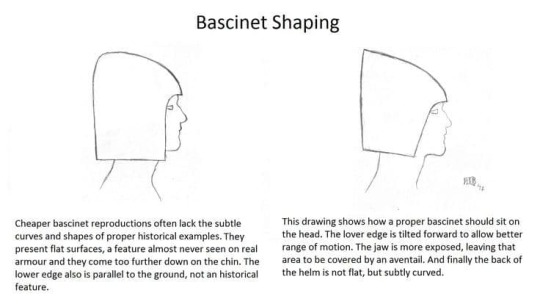


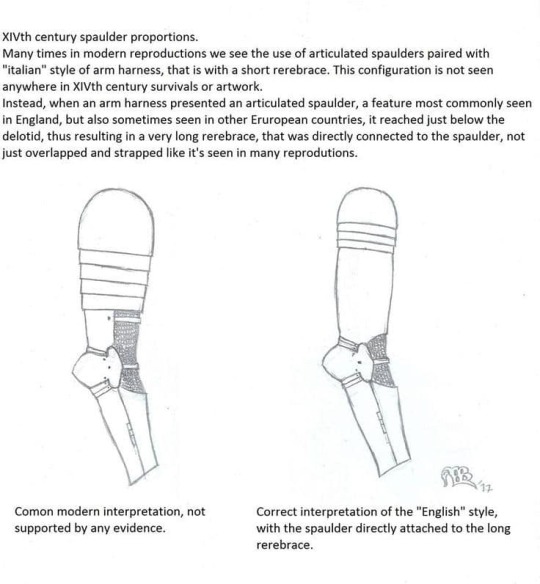
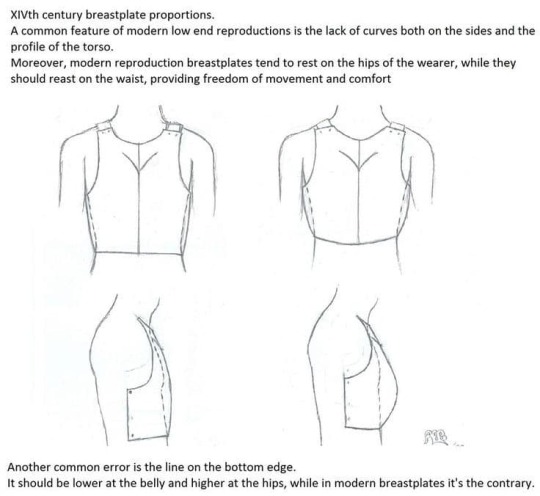
All of these are by the armourer Augusto Boer Bront.
I cannot find the original place where these were posted, but they recently popped up in the United League of Armourers group.
#armor#armour making#bascinet#aventail#spaulders#14th century#living history#armour smith#breastplate#medieval
8 notes
·
View notes
Note
Whats the best lookin arm armor..arm padding..arm something yes i dont know the name
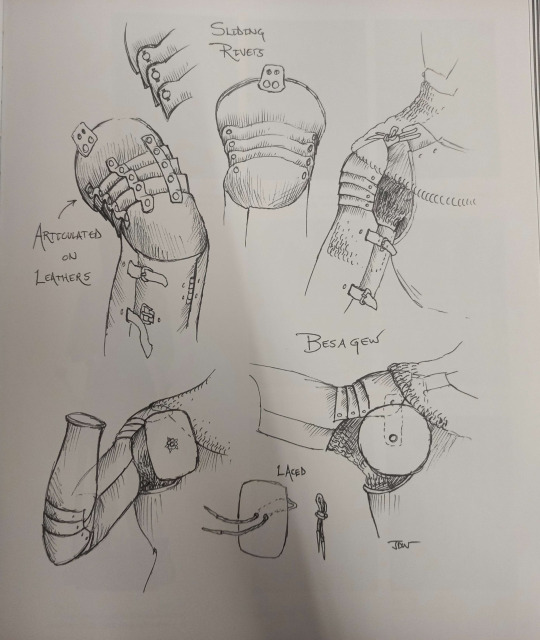
Source: Armour of the English Knight 1400-1450
For the upper arm defences I love the early 14th century aesthetic of the English's spaulders and upper arm cannon. It has all the lovely articulation of plate armour while still having a large amount of mail in its design.
#spaulder#rerebrace#England#plate armour#14th century#I am most definitely not biased from reading an entire book on english armour
5 notes
·
View notes
Text

27 notes
·
View notes
Text
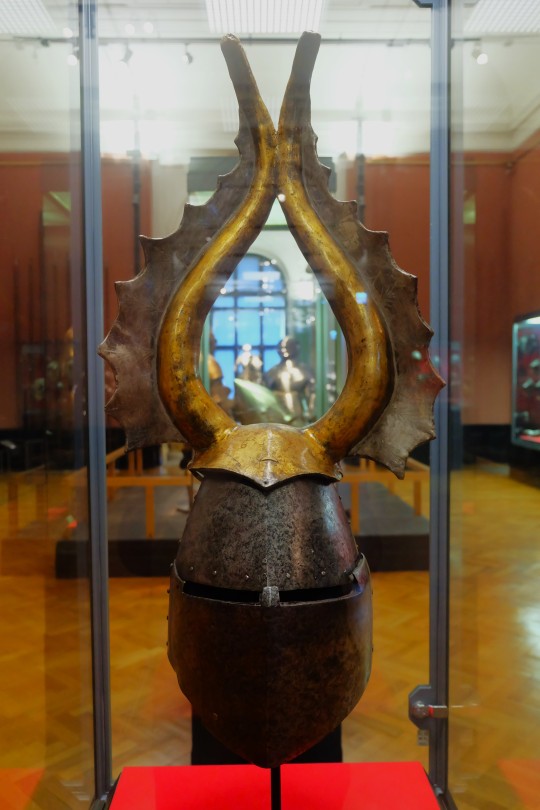

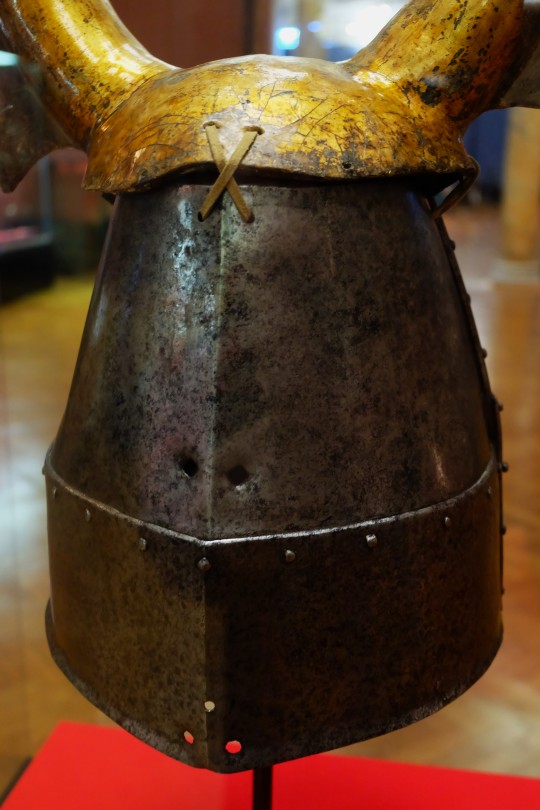

Helmet of Albert von Prankh from Germany dated to the 14th Century on display at the Weltmuseum in Vienna, Austria
The characteristic of this type of helmet is the rigid face protection, which gives the helmet its pot-shaped appearance. Since the face was completely covered it made it difficult to identify the knight in battle, the top of the helmet served to attach a special crest for identity. This helmet decoration, called "cimier", was mostly made of light materials such as wood, leather or parchment. Most of the well-preserved great helmets come from the graves of noble families. So this helmet hung over the hereditary burial of the von Prankh family in Seckau, Styria.
The von Pranckh family are one of the oldest noble families in Austria dating back to 1135 and the coat of arms depicts a helmet with these distintive horns. This helmet would have served to identify Albert to allies and the enemy on and off the battlefield.
Photographs taken by myself 2022
#armour#armor#fashion#14th century#cavalry#military history#holy roman empire#german#germany#medieval#weltmuseum#vienna#barbucomedie
42 notes
·
View notes
Photo
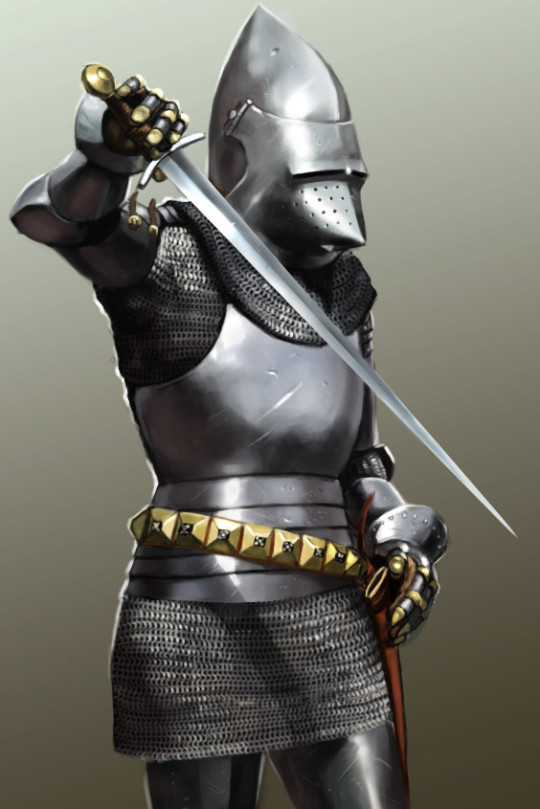
Armor Study 2: late 14th century English harness, by Jacob Jones
#knight#plate armour#chainmail#arming sword#basinet helm#white armour#chivalry#fighter#cavalier#paladin#English harness#14th century#XIV Cent.#Jacob Jones#illustration
65 notes
·
View notes
Text

Ritual axe for mountaineering priest of Shugen sect with heart-shaped decorations and bronze reinforced wooden shaft | Japan, Nanbokuchō-Muromachi period, 14th century
#ritual axe#pink axe#heart axe#heart shaped axe#japanese axe#pink#hearts#axe#swords#armor#weapon#weapons#armour#14th century
30 notes
·
View notes
Text
modern au is in the like 90s ig
#It's a modern au it's not gonna be perfect but if I do not have an exact timeline I will just die#there NEEDS to be a good timeline. 600 instead of 500 is not a good timeline.#modern au#also I've been watching buffy n stuff so the 90s-era modern fantasy is in my brain rn#I have it so each thousand is shortened to a hundred which kinda hurts but is more realistic to a degree. Not much happens on tamriel#the Privileged White American perspective strikes again#The hundred year shortening is vvv much because of falmer things which happened like.. 14th-15th century equivalent#That does line up somewhat with when it Did happen but I did that because of vyrthurs armour design#which while not perfect for many and somewhat obvious reasons does appear similar to *15th C* italian & german plate#combining with what we know from bloodmoon the falmeri crown might be part of a bevor & sallet#Which could latch into - explaining - the oversized collar#There's more but that bit in particular is. yeah.
1 note
·
View note
Text
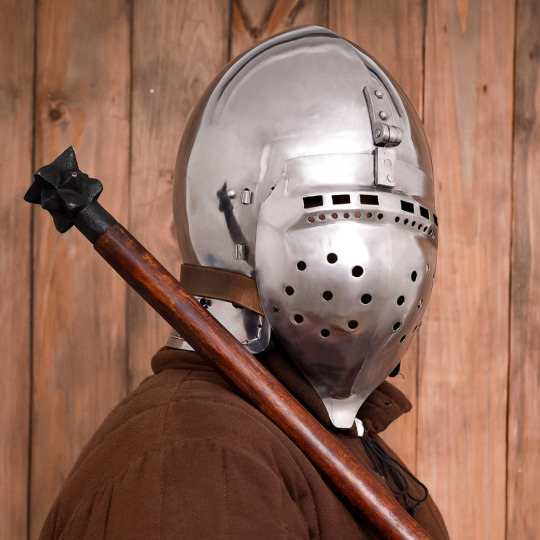

Nuremberg Klappvisor Bascinet – 16 Gauge Steel
This robust Medieval helmet is based on a 14th century German original and is crafted from durable 16 gauge steel with a thickly padded interior liner. The Klappvisor style visor is fully articulated and can be raised when moments of unrestricted visibility is needed; when closed its eye slots afford a surprisingly good field of vision whilst keeping the entirety of the face well protected. If desired, the visor can be secured in a down position by buckling it around the helmet with its included leather strap and buckle. Historically, Bascinet helmets would often be paired with an encompassing aventail of chainmail and the cylindrical tabs that line the edge of the helmet are built to allow for an aventail to be installed onto the helm relatively easily by placing a prepared aventail over the slots and then using the cylindrical tab eyelets to lace and secure the aventail to the helmet.
The interior of the helmet is blackened and has an encompassing pelerine style liner of sturdy cotton cloth which is well padded on the interior for maximizing protection from impact. This liner not only protects the dome of the head, but also extends on the inside to protect the sides of the head. Two pairs of chin straps are solidly riveted to the helmet and these are made of thick leather paired with tough steel buckles. One chin strap secures the helmet around the chin, while the other one can be used to secure the helmet to a chosen anchoring point on your armor to further secure and prevent the helmet from being lost should it be knocked off.
Please Note: Helmet circumference is listed at 28.3″ but the thick padding makes it viable to be snugly worn with interior circumference sizes of 23″ and more.
Dimensions:
Front to Back: 10″
Side to Side: 8″
Interior Circumference: 28.3″ (Will fit head sizes of 23″+)
Gauge: 16 Gauge Steel
Weight: 7 lbs
#Kult of Athena#KultOfAthena#Lord of Battles#New Item#New Item Wednesday#Helmet#Helmets#Helm#Helms#Bascinet#Bascinets#Nuremberg Klappvisor Bascinet#Klappvisor Bascinet#Armor#Armour#Medieval#Medieval Helmet#Medieval Helmets#14th Century#German#Germany#German Armor#German Helmet#Klappvisor#Nuremberg#Aventail#Chainmail
1 note
·
View note
Text





A rare Mediaeval Sword taken from the Mamluk Arsenal at Alexandria during the last Crusade in the second half of the 14th Century
This sword was given as a gift to the Mamluk rulers of Alexandria by the Christian ruler of Cyprus and Jerusalem, King Peter I as part of a gift sealing a treaty. The sword was then forcibly taken back into Christian hands during the last Crusade's victory over the city of Alexandria. Consequently the sword symbolises the history of the time when Christians and Muslims fought for dominance in the eastern Mediterranean.
King Peter I, the King of Cyprus and Jerusalem, launched the last Crusade in 1362 against the Muslim Mamluk Empire in the region. A fleet set out from Cyprus and proved victorious, taking the city of Alexandria with immense amounts of plunder returned to Cyprus, including this sword. Such was the treasure and weapons taken from the captured city that many of the overloaded ships had to jettison cargo.
David Williams, Head of Bonhams Antique Arms and Armour Department, says: "The fascination of this sword is that it has survived some six centuries having been gifted by a Christian King to a Muslim ruler and kept in the famed Alexandrian armoury and then taken by force by Crusaders and returned to Europe. It is a remarkable survivor of the Crusader period."
#antique#arms#medieval#mediaeval#middle ages#sword#swords#alexandria#crusades#crusade#crusaders#crusader#europe#european#knights#knight#cross#christian#christianity#weapon#weapons#armoury#history#christians#armour#arabic inscription#king peter i
127 notes
·
View notes
Text
youtube
Watch the American Climate Leadership Awards 2024 now: https://youtu.be/bWiW4Rp8vF0?feature=shared
The American Climate Leadership Awards 2024 broadcast recording is now available on ecoAmerica's YouTube channel for viewers to be inspired by active climate leaders. Watch to find out which finalist received the $50,000 grand prize! Hosted by Vanessa Hauc and featuring Bill McKibben and Katharine Hayhoe!
#ACLA24#ACLA24Leaders#youtube#youtube video#climate leaders#climate solutions#climate action#climate and environment#climate#climate change#climate and health#climate blog#climate justice#climate news#weather and climate#environmental news#environment#environmental awareness#environment and health#environmental#environmental issues#environmental justice#environment protection#environmental health#Youtube
6K notes
·
View notes
Text

It might be small, but I'm happy with how this is turning out! The rerbrace is based on a 1300s effigy.
39 notes
·
View notes
Text
MEDIEVAL HELMET TOURNAMENT!
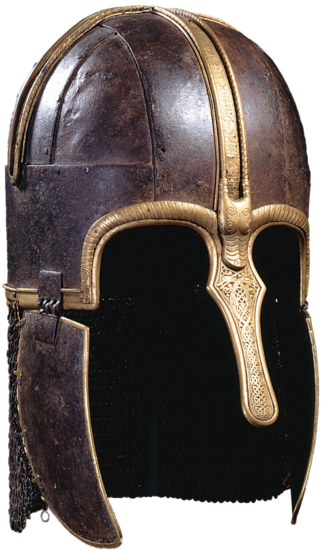
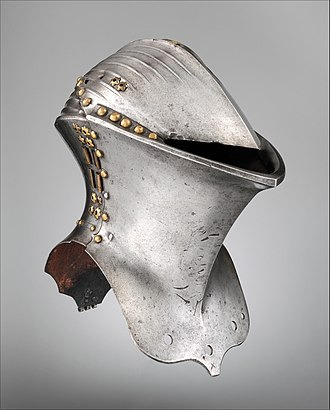
The Coppergate Helmet is an 8th century helmet found in North Yorkshire. It is a very complex helmet, especially for its time, with the inbuilt neck guards being uncommon throughout the entire medieval era.
The frog-mouth helm is a 14th century great helm that was very popular for jousting duels, but not used commonly on the battlefield. It offered great protection from lances, as its design makes it hard for pieces of broken lances to get into the wearers eyes. For great helms, it was also good for hearing and general awareness.
#medieval#polls#poll#tournament#medieval helmet#medieval helmets#history#armour#armor#14th century#8th century#medieval europe#yorkshire#jousting#knight#Medieval Posting
32 notes
·
View notes
Text

Under the maille.
BNF Nouvelle acquisition française 15939, folio 94v. Late 14th century, French.
#maybe an arming garment#medieval manuscripts#chainmail#maille armour#kettle helm#armor#surcoat#shield#14th century
3 notes
·
View notes
Text
14th century English pronunciations of arms and armour
basinet as bass (fish) in it
bevor with Trevor
chapel de fer as chapel (church) di fur – also, the words all run together
coif as koi (carp) + terminal f
couter as cow ter (the ter in terror)
cuir bouilli as queer bully
cuisse with quiche but the initial qu sound as in quack
gorget as gorge it
grapper with trapper
pallet as in colour palette
pauldron as (a)ppalled Ron
pisan as peas Anne
poleyn as Paul ain (the ain in pain)
pollaxe with doll axe
Source: Medieval Arms and Armour, a Sourcebook, Volume 1
#14th century#middle ages#medieval#poleaxe#poleyn#pauldron#gorget#gamboissed cuisse#cuir bouilli#couter#coif#bevor#bascinet#plate armour#knight
2 notes
·
View notes